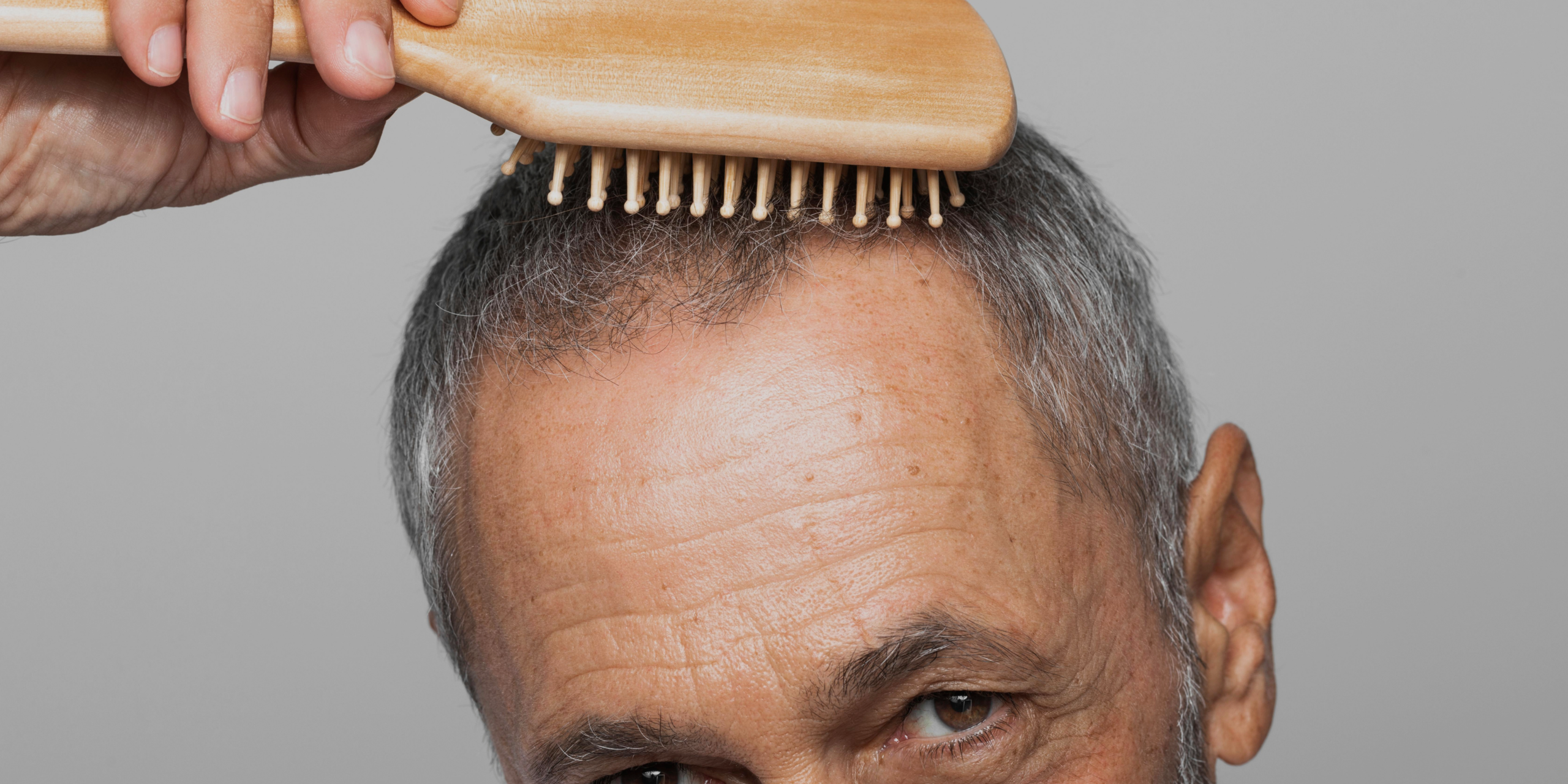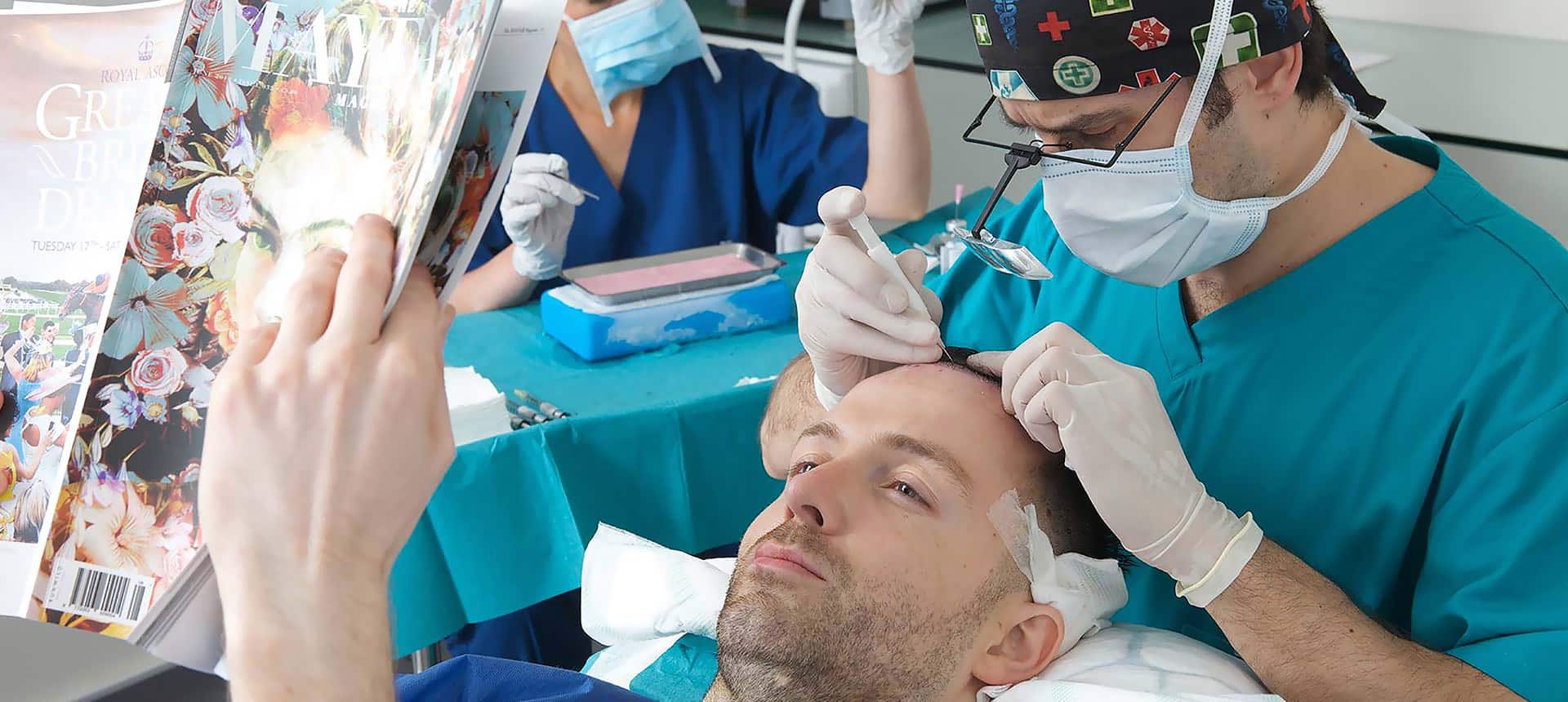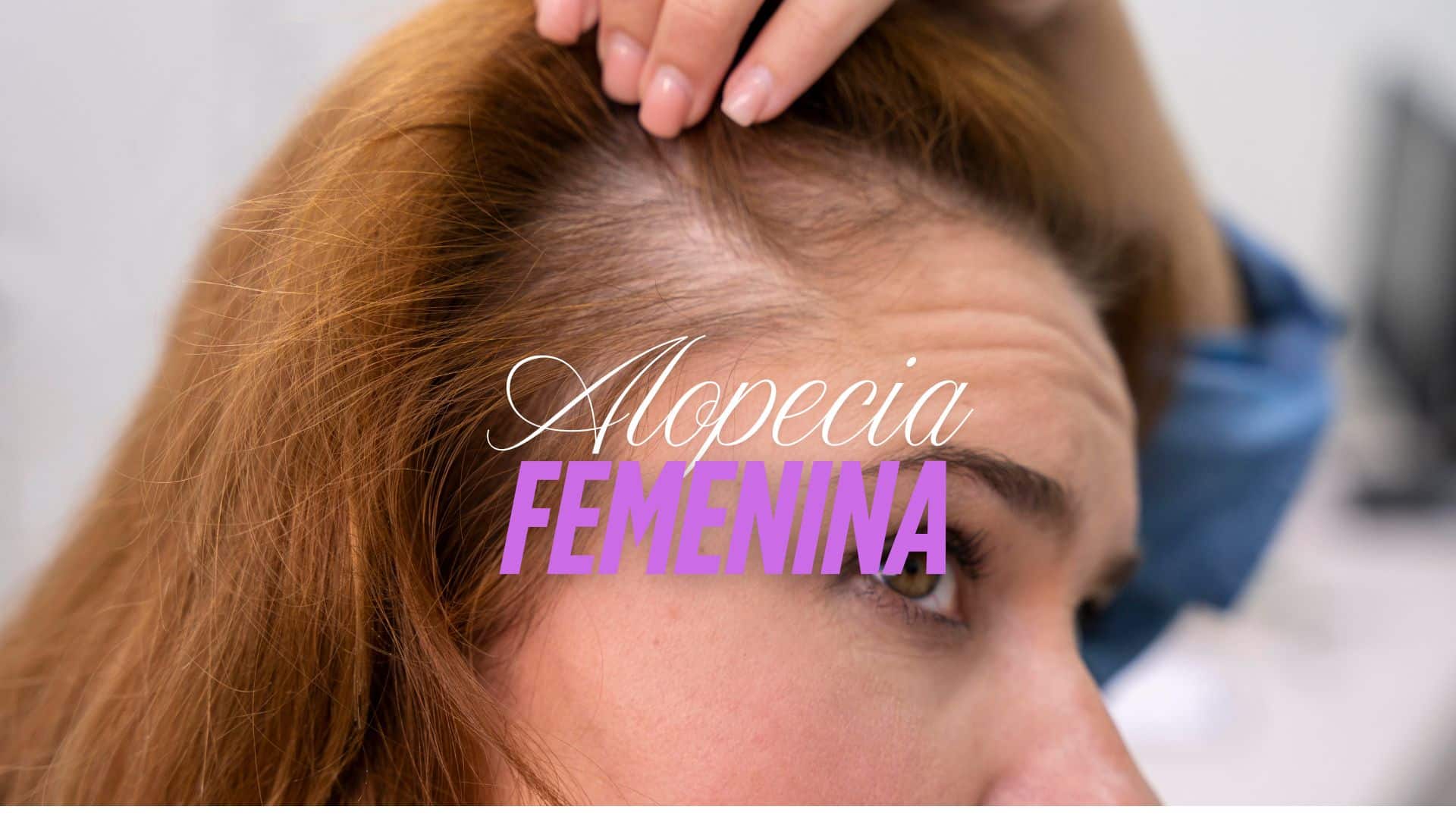
Alopecia: Types, Causes, and Updated Treatments
Hair loss causes – Alopecia, commonly known as hair loss, affects millions of people around the world, impacting both appearance and self-esteem. Understanding its types, causes, and treatment options is key to taking timely action and choosing the best solution. In this article, we offer you an updated 2025 guide to everything you need to know about alopecia.
WHAT IS ALOPECIA? HAIR LOSS CAUSES
Alopecia is a condition that causes abnormal hair loss, either on the scalp or other parts of the body. It can be temporary or permanent and affect men, women, and children alike.
MOST COMMON TYPES OF ALOPECIA
1. Androgenetic Alopecia
Also known as male or female pattern baldness, this is the most common type. It is caused by genetic and hormonal factors and typically begins with a receding hairline or gradual hair thinning.
2. Alopecia Areata
Characterized by round patches of hair loss on the scalp or body. It is an autoimmune disease, in which the immune system mistakenly attacks the hair follicles.
3. Diffuse Alopecia
In this case, hair loss is widespread and not limited to specific areas. It may be caused by stress, hormonal changes, poor nutrition, or illness.
4. Scarring (Cicatricial) Alopecia
Occurs when inflammation permanently damages the hair follicles, leading to scarring and irreversible hair loss.
5. Traction Alopecia
Results from tight hairstyles (like braids or ponytails) that pull on the hair over time and damage the follicles.
MAIN CAUSES OF HAIR LOSS
-
Genetics – The primary factor in androgenetic alopecia.
-
Hormonal Changes – Pregnancy, menopause, thyroid disorders.
-
Autoimmune Diseases – Such as lupus or alopecia areata.
-
Physical or Emotional Stress – Can trigger telogen effluvium.
-
Nutritional Deficiencies – Lack of iron, zinc, biotin, or protein.
-
Medications – Such as chemotherapy, anticoagulants, or antidepressants.
-
Damaging Habits – Excessive heat, harsh chemicals, or tight hairstyles.
UPDATED ALOPECIA TREATMENTS FOR 2025
The good news is that hair restoration medicine has made great advances. These are the most innovative treatments available:
1. Exosome Therapy
Exosomes are regenerative particles that naturally stimulate hair growth. This is one of the most promising techniques for stopping alopecia and regenerating hair.
2. Platelet-Rich Plasma (PRP)
PRP therapy uses the patient’s own platelets to stimulate hair follicles and encourage stronger, healthier hair growth.
3. Infrared Laser Treatments
Laser therapy improves scalp circulation and stimulates dormant hair follicles.
4. Topical and Oral Medications
-
Minoxidil (topical): Promotes hair growth and slows loss.
-
Finasteride (oral): Reduces hormonal activity responsible for androgenetic hair loss (mainly in men).
5. Advanced Hair Transplant
Techniques like Direct Hair Implantation (DHI) offer natural results with no visible scarring and faster recovery times.
6. Scalp Micropigmentation
For cases where hair regrowth is not viable, micropigmentation creates the illusion of hair density in thinning areas.
WHAT IS THE BEST TREATMENT FOR YOU?
Every case of alopecia is different. Early diagnosis by specialists is essential to design a personalized treatment plan. In many cases, combining therapies yields the best results.
Alopecia is no longer a condition without solutions. Thanks to medical advances, there are now multiple treatments that can stop hair loss and restore confidence. If you’re experiencing hair loss, don’t hesitate to consult a specialist to find the best option for you.
You can request a free online consultation through our WhatsApp number (+507) 6349-5550, by filling out our contact form, or by chatting with us directly on our website.





